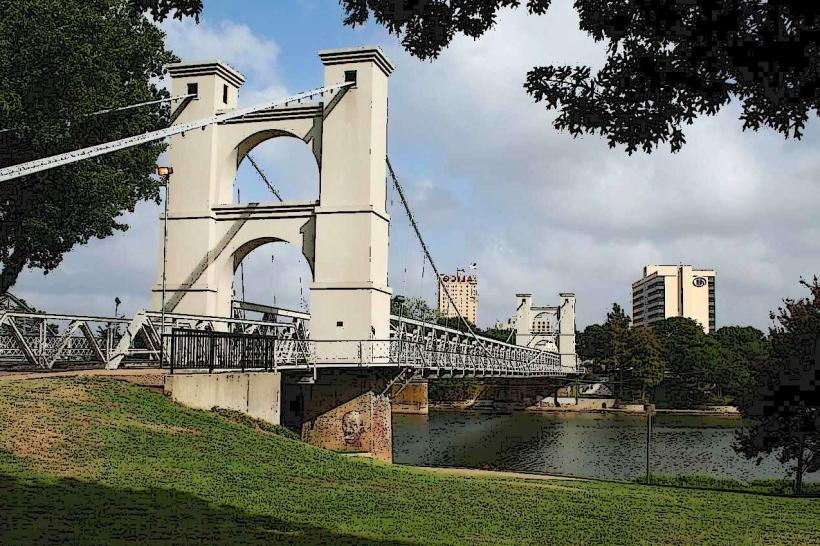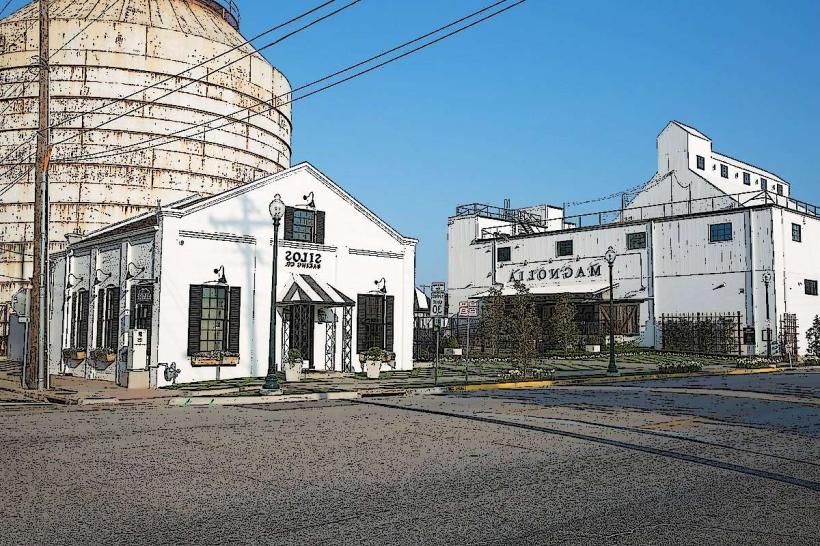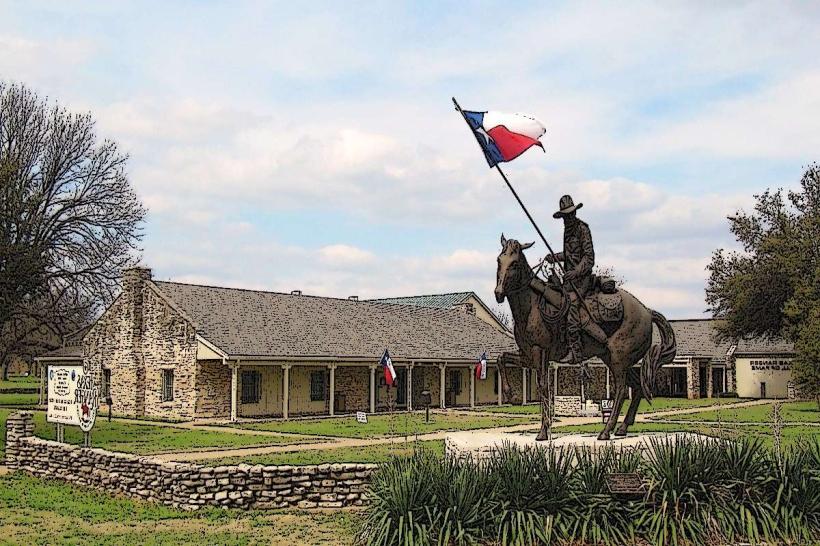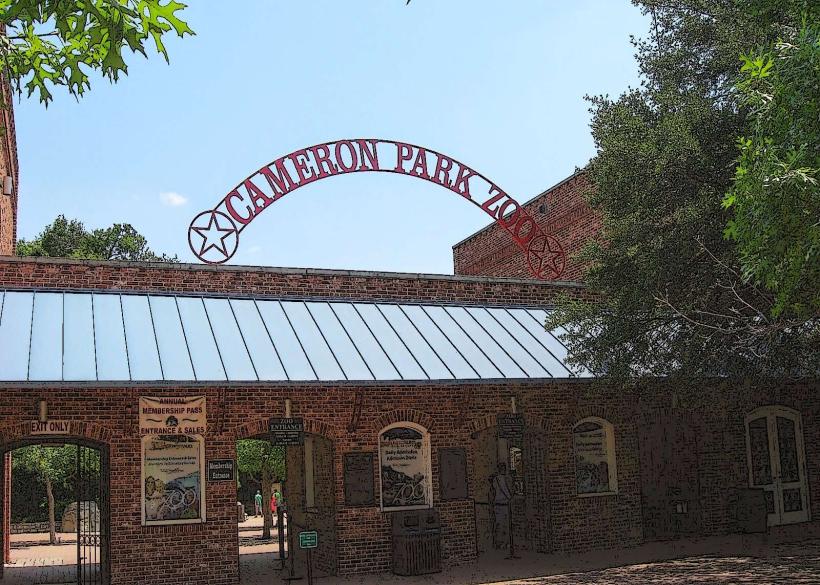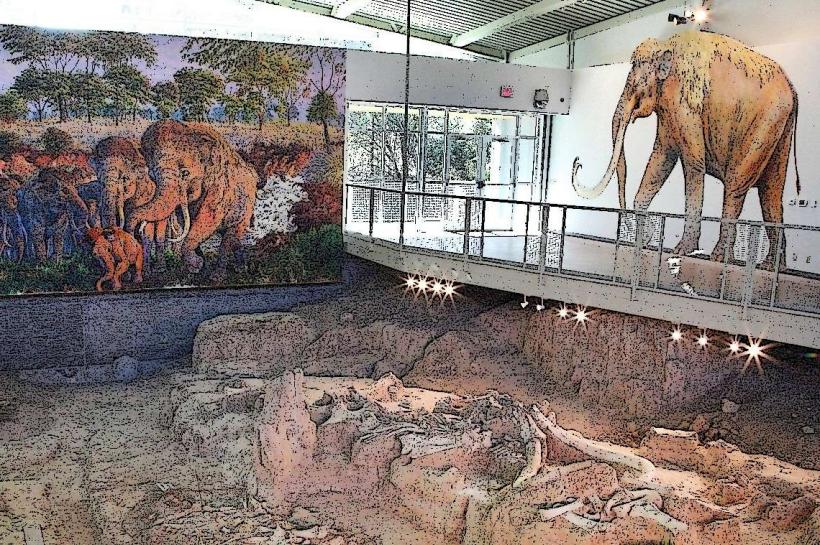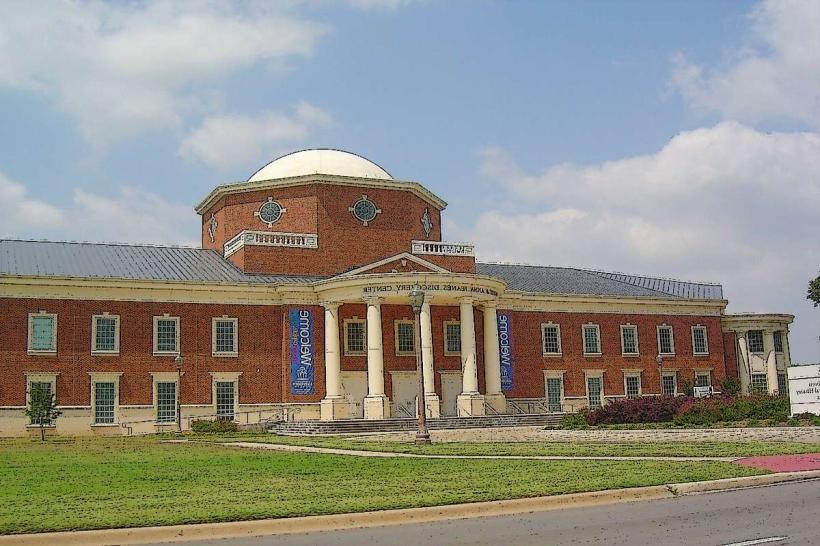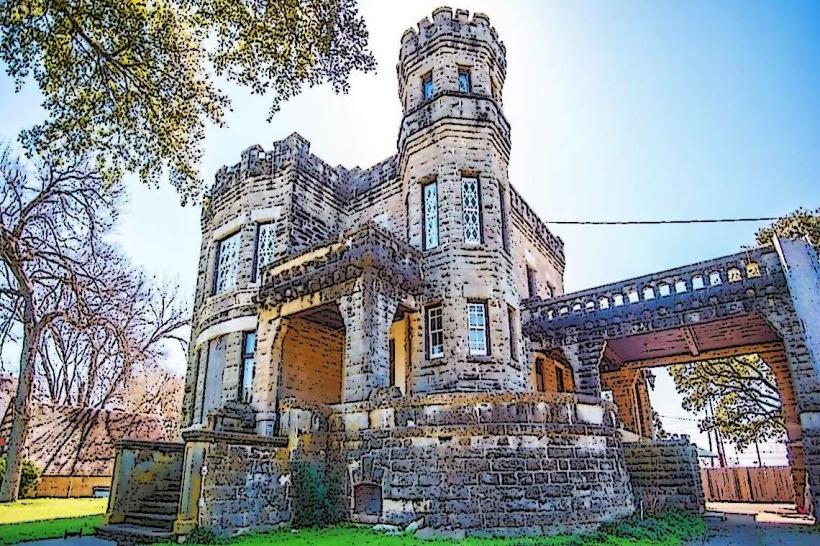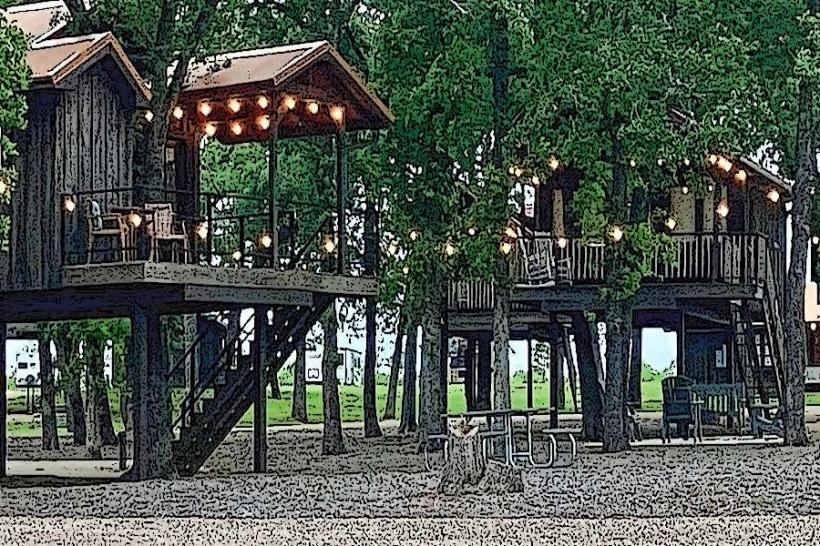Information
Landmark: Lake WacoCity: Waco
Country: USA Texas
Continent: North America
Lake Waco, Waco, USA Texas, North America
Lake Waco is a significant and scenic reservoir located on the Bosque River, just to the west of the city of Waco, Texas. It is a popular destination for a variety of recreational activities, and it plays a crucial role in flood control, water supply, and the surrounding ecosystem. Here's a detailed look at the history, features, and activities available at Lake Waco.
History and Formation
Initial Construction (1929):
Lake Waco was originally created in 1929 with the completion of the Waco Dam. This first dam was constructed as a flood control measure, aimed at mitigating flooding along the Bosque River and providing a water source for Waco. The cost of construction was $2.5 million, and the dam was intended to improve the city’s water supply.
However, over the decades, sediment accumulation gradually reduced the storage capacity of the lake, leading to the need for a more robust solution.
Modernization (1965):
To address the growing flood risks and water management needs, a new earthen dam was constructed between 1958 and 1965. This new structure stands 140 feet tall and stretches more than 24,000 feet across the river. It significantly improved the lake's ability to manage flooding and water storage, providing much-needed flood control and water supply benefits for the Waco area.
The lake's modern size covers approximately 8,190 acres and features over 60 miles of shoreline. Today, it serves multiple purposes: flood control, water supply for the region, and a recreational area for visitors.
Ecology and Wildlife
Lake Waco supports a diverse range of plant and animal life, thanks to its varied ecosystems and natural surroundings.
Flora: The lake's environment features a mix of riparian woodlands, grasslands, and wetlands. You'll find native species such as oak, mesquite, and elm trees along the shorelines. There are also patches of aquatic plants, such as cattails, water lilies, and rushes, especially in the shallow areas near the shore. These plants provide essential habitat for wildlife and improve water quality.
Fauna: The lake area is home to numerous wildlife species, both in the water and on land. Common land animals include white-tailed deer, foxes, raccoons, and beavers. In the water, you can spot various species of fish, including catfish, bass, and crappie. Birdwatchers will also enjoy spotting a variety of bird species such as great blue herons, red-winged blackbirds, and kingfishers.
Invasive Species: Invasive species such as zebra mussels pose a threat to the lake’s ecosystem. The U.S. Army Corps of Engineers and the Texas Parks and Wildlife Department monitor and manage these species through various control measures to preserve the lake’s water quality and biodiversity.
Recreational Activities
Lake Waco is a hub for outdoor enthusiasts, offering a wide array of activities for all ages. Its parks and facilities cater to anglers, boaters, swimmers, hikers, campers, and nature lovers.
Fishing: Fishing is one of the most popular activities at Lake Waco. The lake is home to a wide variety of fish species, making it a prime location for both amateur and professional anglers. Some of the common fish species found in the lake include:
Largemouth Bass: Best caught in spring, particularly around coves and creek backs.
Crappie: Spring is the best time to fish for crappie, especially around submerged timber and brush.
Catfish: Both channel and blue catfish are abundant, and early spring is prime catfish season.
White Bass: These fish run in the spring, with February through April being the peak season for catches.
Hybrid Striped Bass: Reintroduced in 2009, these fish are steadily growing in population.
Boating: The lake offers several boat ramps and marinas for easy access to the water. Visitors can enjoy a range of boating activities, including motorboating, kayaking, and sailing. The lake's large size and multiple inlets provide plenty of space for water sports.
Swimming: There are designated swim areas at Twin Bridges Park, where visitors can enjoy the cool waters of the lake during the hot Texas summer months. These areas feature sandy beaches and are monitored for safety.
Camping: Several parks around the lake, such as Speegleville Park and Twin Bridges Park, offer campgrounds with facilities for tents, RVs, and picnic areas. These parks also provide amenities like restrooms, showers, and playgrounds, making them ideal for both day trips and extended stays.
Hiking and Biking: The lake’s surrounding areas feature numerous hiking and biking trails. The Lacy Point Access Area provides access to around 20 miles of trails suitable for hiking, mountain biking, and horseback riding. These trails meander through the lush landscape, offering scenic views of the lake and its surrounding forests.
Parks and Access Areas
Several parks around Lake Waco provide great access to the water and outdoor amenities:
Speegleville Park: Located on the southern edge of the lake, this park offers camping facilities, boat ramps, and picnic areas. It's a popular spot for fishing and boating and provides great opportunities for wildlife viewing.
Twin Bridges Park: A family-friendly park with swim beaches, picnic shelters, and playground equipment. It’s an excellent spot for a day out with the family, especially for those who want to enjoy swimming and relaxing by the water.
Lacy Point Access Area: Offers trails for hiking, biking, and horseback riding. It also has a boat ramp and is a quieter area for those looking to enjoy nature and solitude.
Flat Rock Park: Known for its excellent birdwatching opportunities, this park offers easy access to the lake for fishing, boating, and picnicking. It also features a boat ramp for water access.
Lake Waco Marina RV Park: This marina and RV park provide lakeside camping and full hookups, making it an ideal spot for extended stays. It’s situated close to Speegleville Park, offering easy access to water activities and outdoor recreation.
Visitor Information
For those looking to explore the area, here are some important details:
Contact: The U.S. Army Corps of Engineers manages most of the recreational areas around Lake Waco. They can be reached at (254) 756-5359 for more information or to check for any updates on events, closures, or safety information.
Facilities: Most parks and access areas around the lake have restrooms, picnic tables, and shelters. Some parks also have pavilions that can be reserved for large gatherings and events.
Access and Regulations: It’s important to follow all safety and boating regulations while visiting Lake Waco. Fishing licenses are required for anglers, and there are specific rules regarding the use of boats and other watercraft. Visitors should also be mindful of the local wildlife and avoid disturbing habitats, especially around the lake’s birdwatching areas.
Conclusion
Lake Waco provides an essential water source for the city and offers a wide range of recreational opportunities for both locals and tourists. From fishing and boating to hiking and birdwatching, the lake is an outdoor enthusiast's paradise. Its natural beauty, combined with well-maintained parks and recreational facilities, makes it an ideal spot for a variety of activities, whether you’re looking for adventure, relaxation, or both. Whether you're fishing on a quiet morning, enjoying a family picnic, or exploring the trails, Lake Waco is an unforgettable part of Waco's natural landscape.

